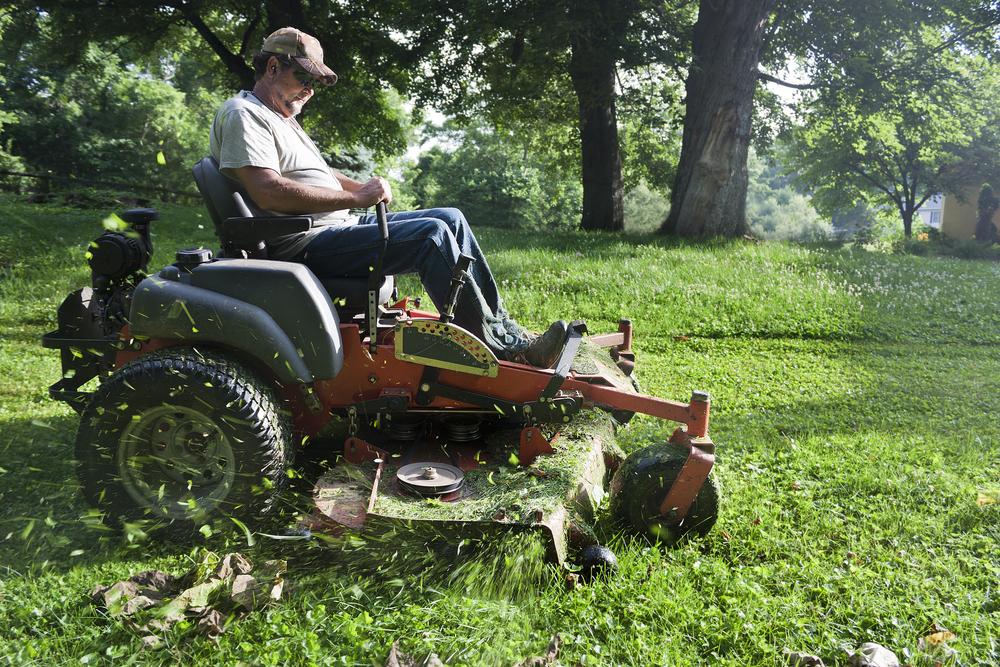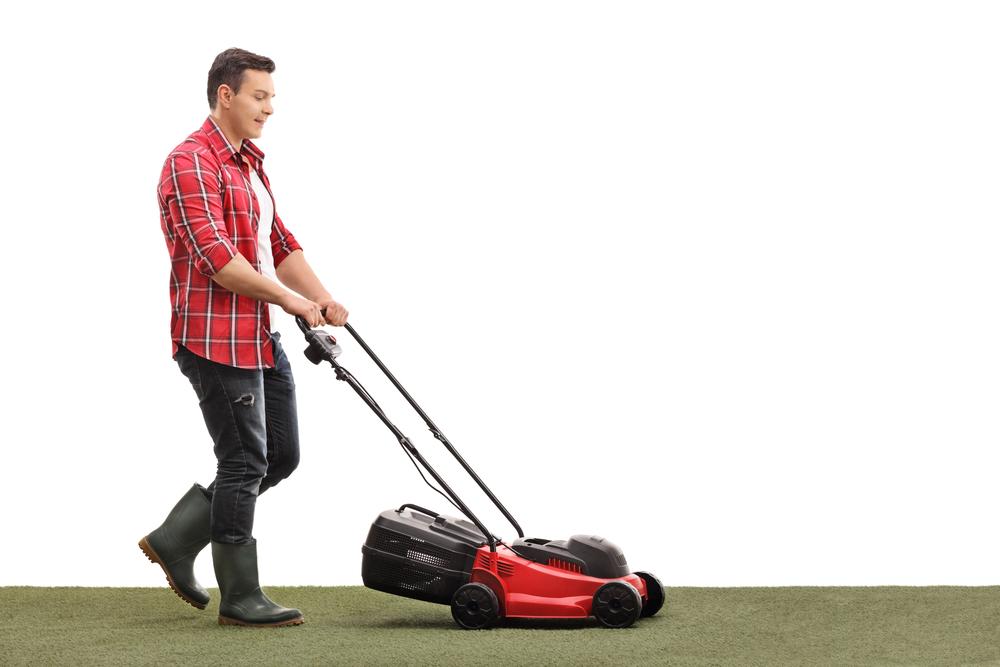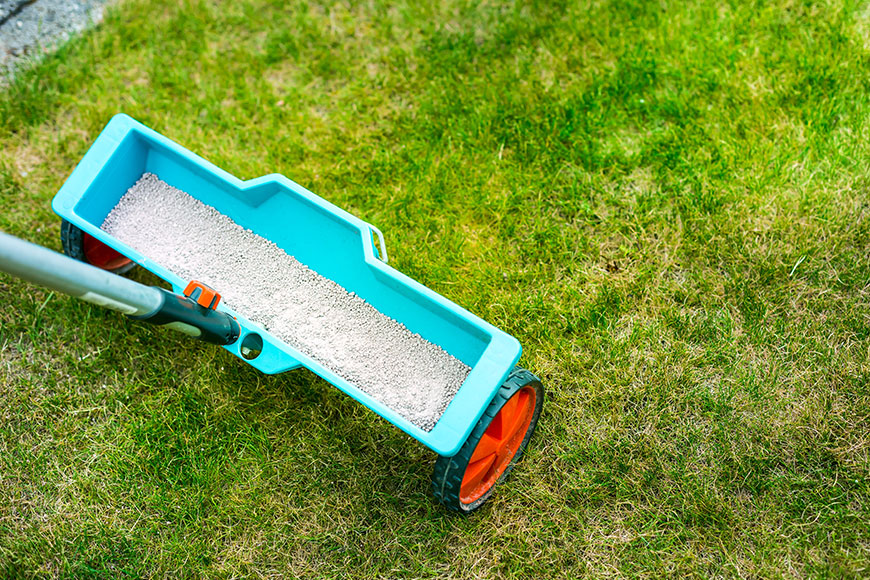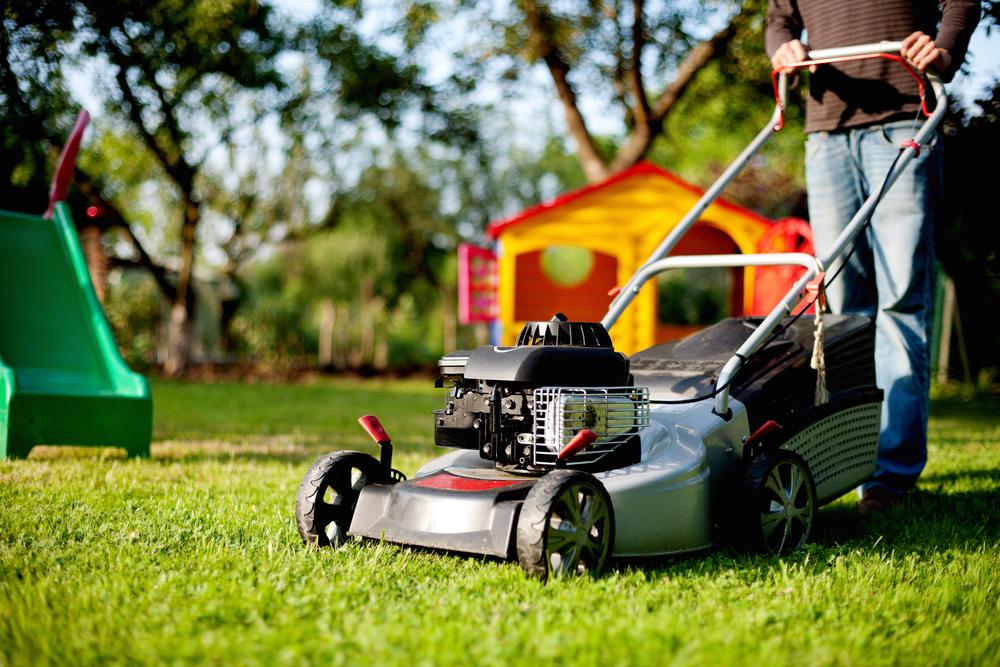Guide to Lawn Top Dressing: Types, Benefits, and Techniques
Discover the essentials of lawn top dressing, including its types, benefits, and application techniques. Learn how sand, compost, topsoil, and blends can improve soil health, promote lush grass, and reduce dependency on fertilizers. Proper top dressing enhances soil aeration, drainage, and microbial activity, resulting in a vibrant and healthy lawn. Whether DIY or professional treatment, understanding the right materials and methods ensures a thriving garden or sports field. Invest in top dressing for sustainable lawn care and stunning outdoor spaces.
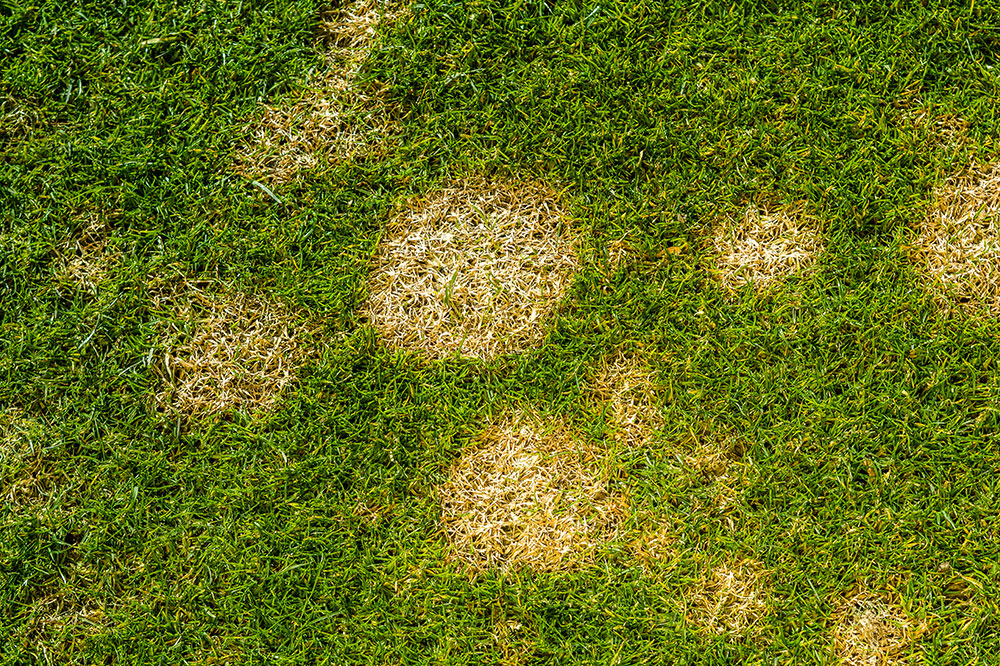
Understanding Lawn Top Dressing: Types and Advantages
Lawn top dressing involves adding a layer of organic or inert material to improve soil quality and enhance grass growth. Using options such as sand, compost, topsoil, or combinations thereof helps promote healthier, greener lawns. This practice reduces weeds, minimizes fertilizer use, and boosts overall lawn aesthetic and vitality.
Types of Lawn Top Dressing
Sand: Ideal for sports fields, sand provides excellent drainage, levels uneven surfaces, and supports aeration. Its porous nature prevents waterlogging, especially in heavy rainfall areas.
Compost: Rich in nutrients, compost enhances soil fertility and structure. It encourages steady moisture retention and supports vibrant plant growth. Kitchen scraps can be composted at home for an eco-friendly approach.
Topsoil: Suitable for small lawns and patch repairs, topsoil levels the ground and allows proper water flow, helping grass root development and preventing erosion.
Blended Mix: Commercial mixes combining sand, compost, and topsoil offer a balanced blend of porosity, nutrients, and smoothness. The ratio varies based on desired lawn characteristics.
Benefits of Lawn Top Dressing
Enhances aeration: Loosens compacted soil, promoting better oxygen and water penetration.
Boosts nutrition: Improves nutrient retention, supporting healthy plant growth.
Increases microbial activity: Encourages beneficial microorganisms that aid in organic matter breakdown and nutrient release.
Improves drainage: Prevents waterlogging, safeguarding roots and reducing erosion.
Reduces fertilizer dependency: Organic layers supply essential nutrients, decreasing the need for chemical fertilizers.
Lawn top dressing can be labor-intensive but offers significant long-term benefits. DIY methods work for small patches, while professionals can efficiently treat larger areas. Proper application and avoiding excessive layering are key for optimal results.Note:
This article provides practical insights into lawn top dressing. Readers should consider consulting local experts for tailored advice. Our content aims to inform but is not an exhaustive guide. Variations in soil and climate may influence outcomes. Always ensure tools and materials are suitable for your lawn to achieve the best results.

